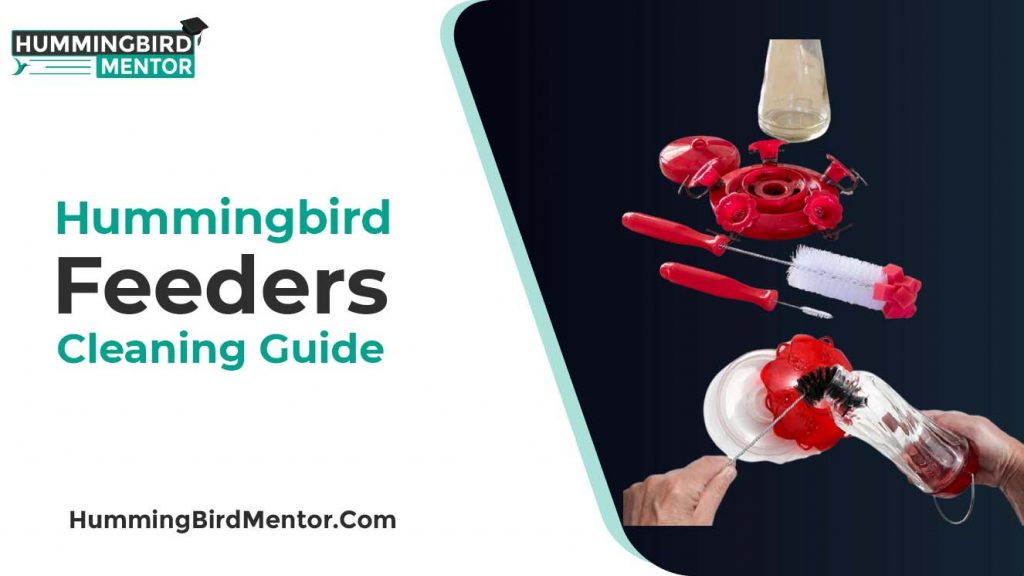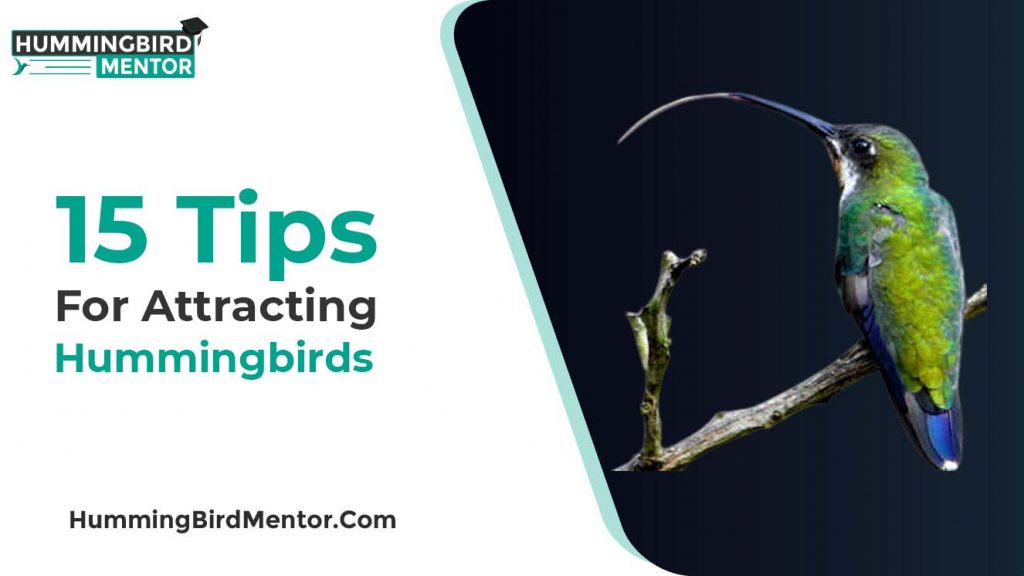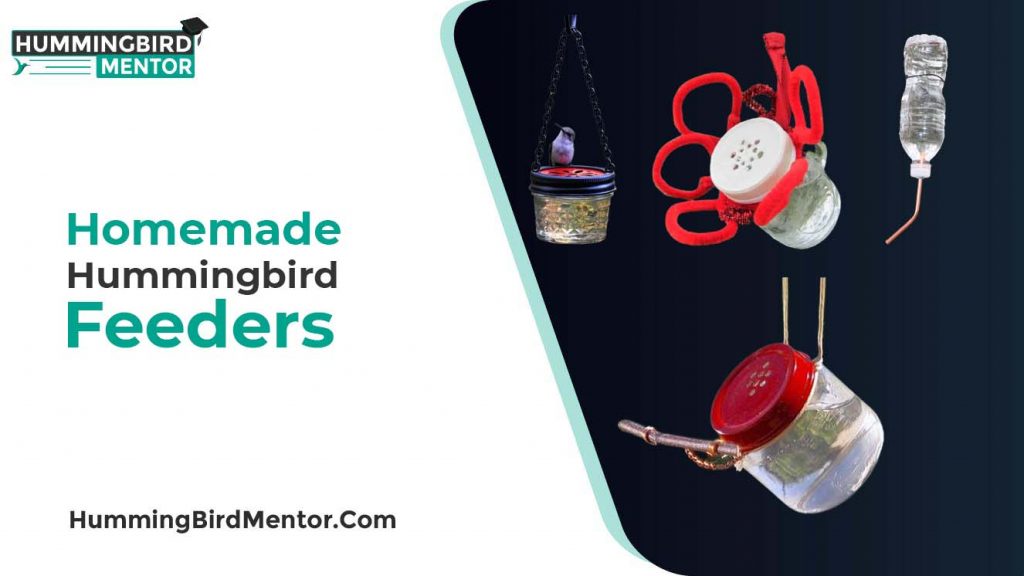Hummingbirds are naturally found in America. They travel to different parts of America throughout the year, depending on the different seasons. You can locate these little migratory birds from Chile to Alaska. It’s always a magical experience to locate hummingbirds from a small distance. Their size, different colors, and unique shape make them very attractive to people. Mostly they spend their time in South America, which is also known as their home. Almost 330 species of hummingbirds. Most of these species are migratory and spend their winter in different parts of America as compared to their breeding grounds.
The ruby-throated hummingbird is one of the most common hummingbird species in North America. This species spends its winter in Central America, Mexico, and Florida and move to Eastern North America for breeding in the summer season. Different species of hummingbirds can fly up to 500 miles at the rate of 20 miles per day, especially the species that have to cross the Gulf of Mexico during their migration. They rest and recharge well to start their migration to ensure the energy needed during their migration. You can locate their large numbers around the nectar feeders during migration. These little birds don’t live or travel in flocks. Individual hummingbirds of the same species can be located in different locations. Let’s see in detail where do the hummingbirds live?
Hummingbirds During Winter
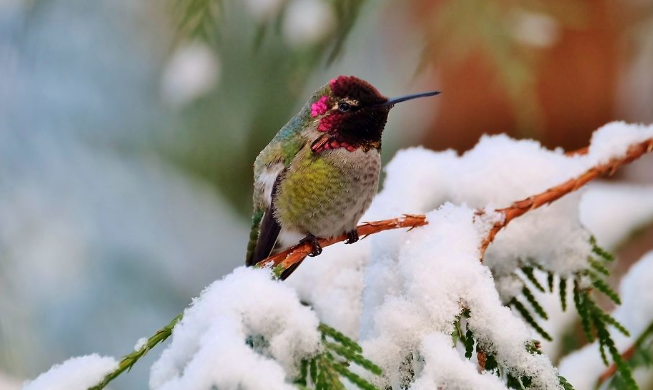
Hummingbirds spend their winter in different locations as compared to their breeding grounds. Most of the hummingbird species fly through the region from southern Mexico through Panama for the winter. You can locate them in South Texas and South Louisiana. These tiny birds can cope with the icy cold months of the year. Many studies determined that some species of hummingbirds can drop their body temperature to fly in winter by going into a mini hibernation state known as “torpor”. This state drops their heart rate significantly, giving them the ability to live for longer without eating much food. Sometimes you can also see the hummingbirds in winter on your feeders; these can be late migratory hummingbirds. Sometimes some inexperienced individuals are also left behind. There are fewer nectar flowers in winter, which force hummingbirds to replace their nectar diet with insects.
Hummingbirds During Summer
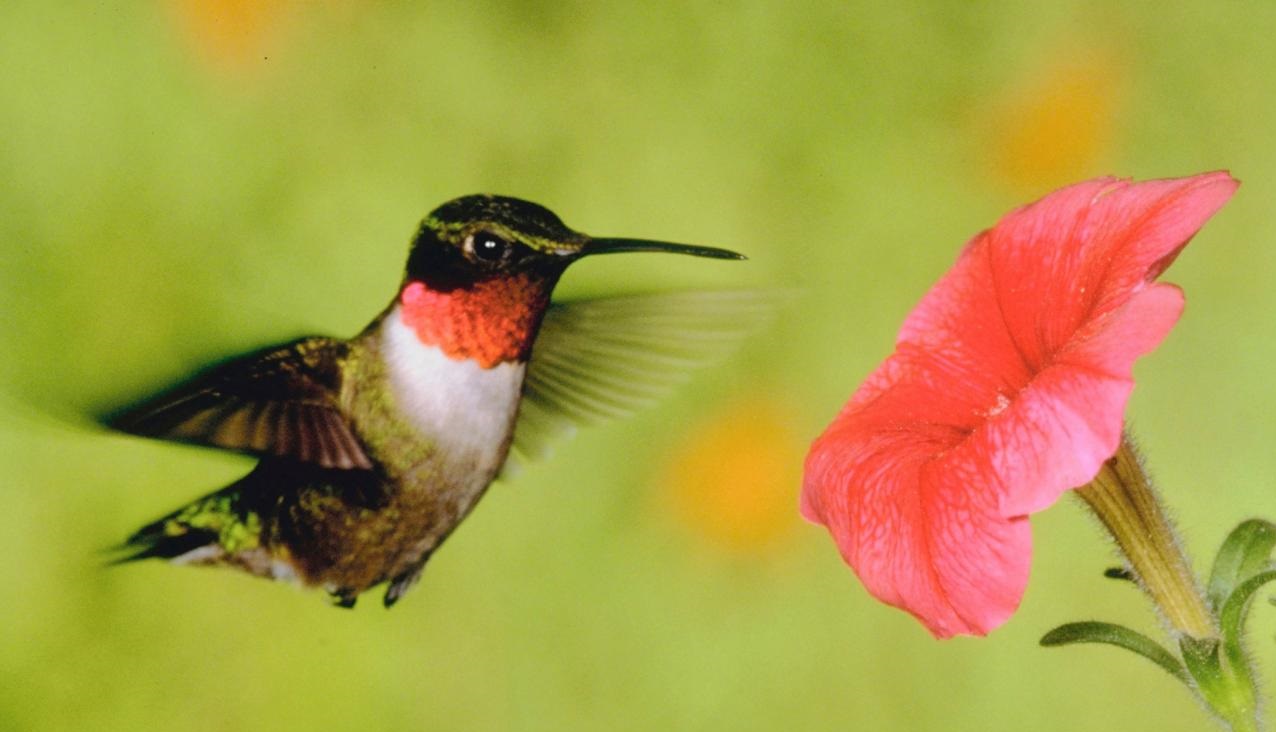
Hummingbirds spend their summer season on natural flowers and hummingbird feeders. Especially in the late summer, as they need energy in the late summer to start their winter journeys. Most of their species stay in the U.S during the summer season, which mostly includes the Ruby-throated hummingbirds, black-chinned hummingbirds, Rufous, and Anna’s hummingbird.
Hummingbirds Migration

Hummingbirds can migrate hundreds and thousands of miles irrespective of their small size. Different factors play an important role in their migration, which include food sources, weather conditions, and age. Usually, they have two types of migrations, which include spring migration and fall migration. Hummingbirds migrate north from South America and Mexico to get to their breeding grounds. The hummingbird’s spring migration usually starts in early February from Mexico and finishes in Canada and Alaska in mid-May. Their fall migration started in late July and late October with the southern U.S. border crossing. This amazing hummingbird cycle brings a lot of hummingbirds to your nectar feeders. Make sure to have a well-maintained nectar feeder in your backyard to provide the energy to hummingbirds for their next journey.
Hummingbirds Nests
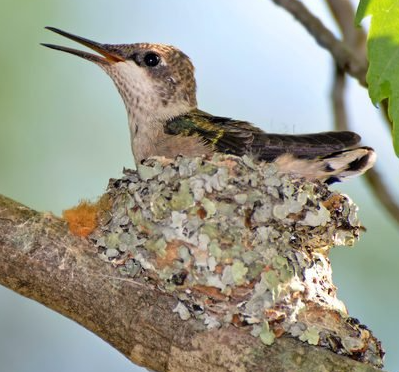 Hummingbirds also live some part of their life around their nests. They build the nests for their little ones to prevent them from harsh weather conditions and predators. They always choose safe and sheltered locations for their little ones, which can include dense bushes, thin branches, and forked branches. But it’s not easy to locate their nests as it only has the size of a half walnut. If you found their nest during the breeding season, you can also locate the hummingbird around. They spend most of their time with the little ones until they are mature enough to leave the nests. Sometimes they also make their nests in strange locations such as thin wires, security cameras, lamps, garden decorations, basketball nets, and small pipes.
Hummingbirds also live some part of their life around their nests. They build the nests for their little ones to prevent them from harsh weather conditions and predators. They always choose safe and sheltered locations for their little ones, which can include dense bushes, thin branches, and forked branches. But it’s not easy to locate their nests as it only has the size of a half walnut. If you found their nest during the breeding season, you can also locate the hummingbird around. They spend most of their time with the little ones until they are mature enough to leave the nests. Sometimes they also make their nests in strange locations such as thin wires, security cameras, lamps, garden decorations, basketball nets, and small pipes.
Tips for locating the hummingbirds
Hummingbirds are beautiful cute birds. It’s very interesting to observe these birds from a small distance. Fortunately, you can attract their different species to your garden by using different ways. Follow the below tips to locate the hummingbirds.
- Using the nectar hummingbird feeder is one of the best ways to locate the hummingbirds. You can put the hummingbird feeders near perching areas where the hummingbirds are already visiting. But if they are not already visiting your garden, it’s ok. The bright colors of the feeders can attract them from long distances. Make sure the other unwanted audiences can’t access the hummingbird feeder.
- Provide the best fresh nectar in the feeders. You can easily make the nectar at your home with 4 parts of water and 1 part of refined sugar.
- Hang the few hummingbird feeders at a small distance as many of the hummingbird species are bullies and don’t like the other species on the feeders. Make sure these are easy to find.
Where can I locate the hummingbird in winter?
Most of the hummingbird species spend their winter in Southern Mexico and Central America. But some individuals can also be located in the milder climate of the Southeast and West Coast of the U.S. You can also locate them along their normal migration routes as many hummingbirds do not complete their migration journeys.
Do the hummingbirds return to their same locations every year?
Yes, hummingbirds return to their same locations every year. They remember the food sources they visited last year. Whenever they needed food during their journeys, they first visited the same place which they visited during their last year’s journey. A hummingbird can have a life span of 3 to 5 years, so you can expect the same hummingbird on your feeder.
Where do hummingbirds sleep?
You can locate the hummingbirds sleeping on branches or nests. Even they are also known for sleeping upside down. So, if you find any hummingbird sleeping on a branch or in the nest, make sure to leave it as it may be in a torpor state.
Where can I find the hummingbirds?
You can find the hummingbirds only in the western hemisphere. Half of the species live in the equatorial belt, two dozens of their species venture into the U.S. and Canada, and only a few hummingbird species are year-round.
Do hummingbirds live in the U.K?
No, hummingbirds don’t live in the U.K. In fact, anywhere in the wild in Europe. You may have seen a hawk moth in these areas, which is similar to the American Hummingbirds.
Do hummingbirds live in Australia?
No, the hummingbird does not belong to those group of birds that ever visited Australia. Their range is only restricted to the New World, which consists of America, and its surrounded islands and countries.
Can I keep the hummingbirds in any other part of the world?
Hummingbirds are the natural residence of the western coast of North America, Southern British Columbia, and Southern California. You can’t keep these little birds as a pet. They love to fly freely into the sky.
Conclusion
Hummingbirds live in North and South America, with the highest concentrations in the northern half of South America. You can find them in the different regions of the U.S, Mexico, and Canada throughout the different seasons of the year. They migrate to the different parts of the U.S. depending on the food sources, weather conditions, and breeding. Many species of hummingbirds travel along their breeding grounds in the late winter or early spring.
